Edgewood Preserve
Edgewood Preserve
On Saturday D. and I went to Edgewood Preserve to see how many wildflowers were in bloom. Edgewood is special because of the unique mineral composition of its serpentine soils, creating conditions in which only certain specialized plants can thrive. As such it is home to several threatened or endangered species, including rare butterflies. Although we were a little early for the peak of any wildflower displays, I still got some good pics.
Next to the parking area we see a miniature lupine.
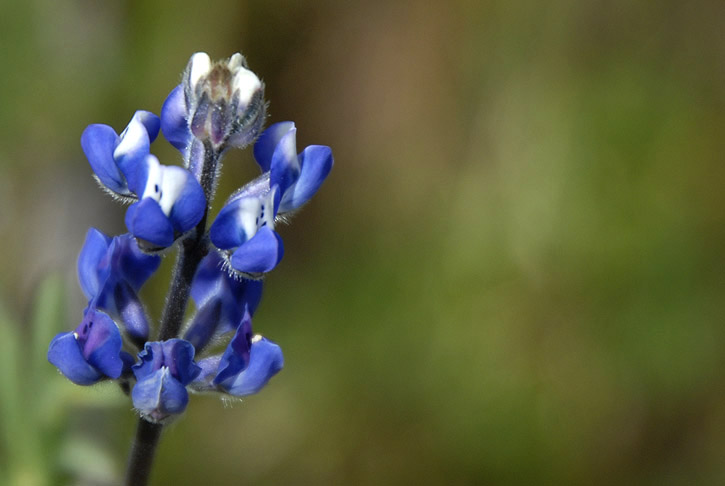
Signs near the beginning of the Clarkia Trail.
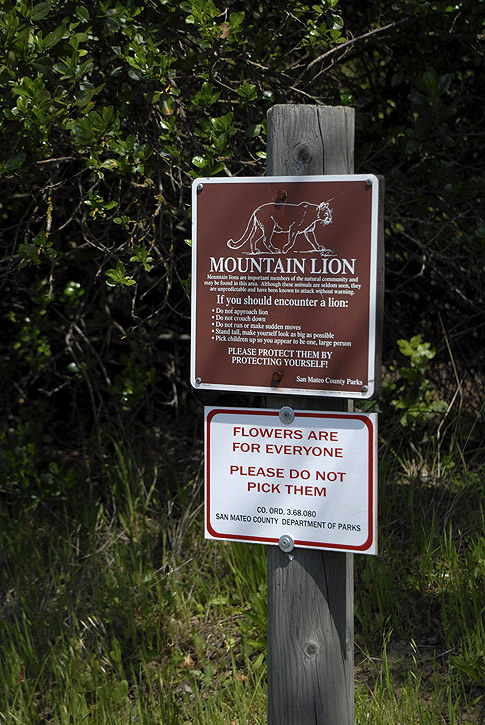
There are numerous bluebird nest boxes in the preserve.
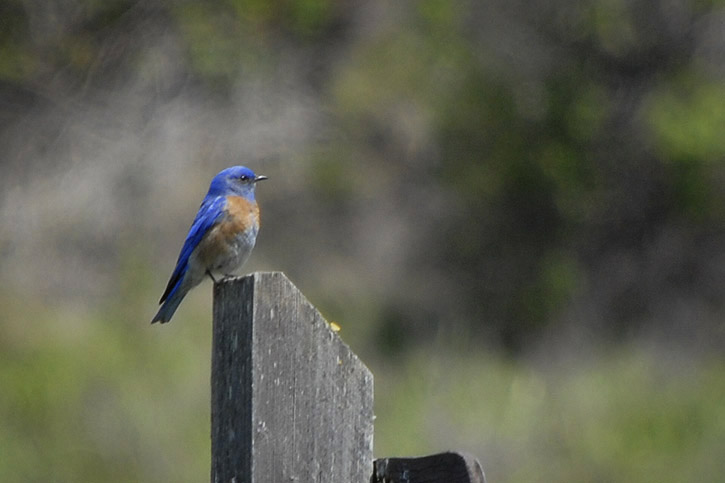
This bright yellow flower is called sun cups.
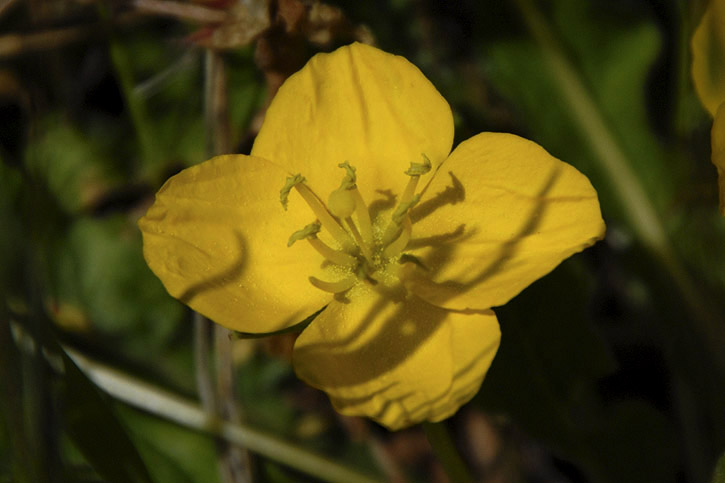
Now is the prime blooming time for blue-eyed grass, which is not a true grass but is related to the iris.
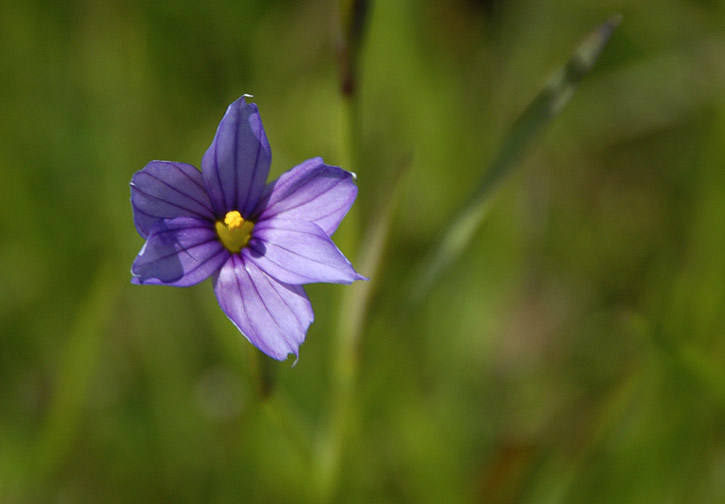
Looking west from the Clarkia Trail, past Interstate 280 toward the Santa Cruz Mountains.
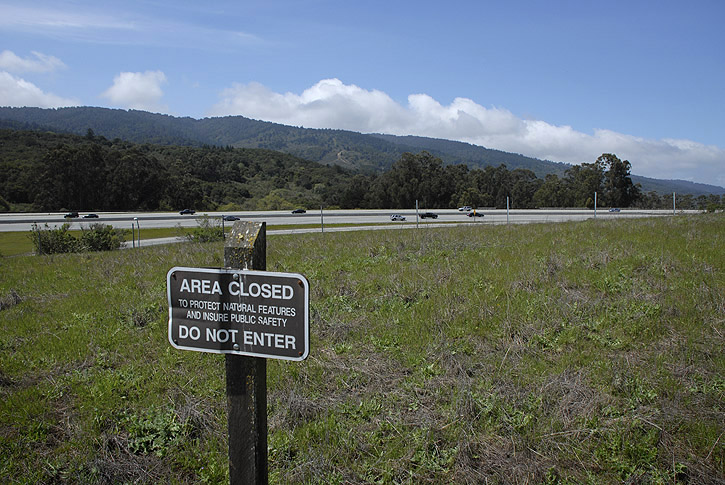
The huge valley oaks are starting to leaf out.
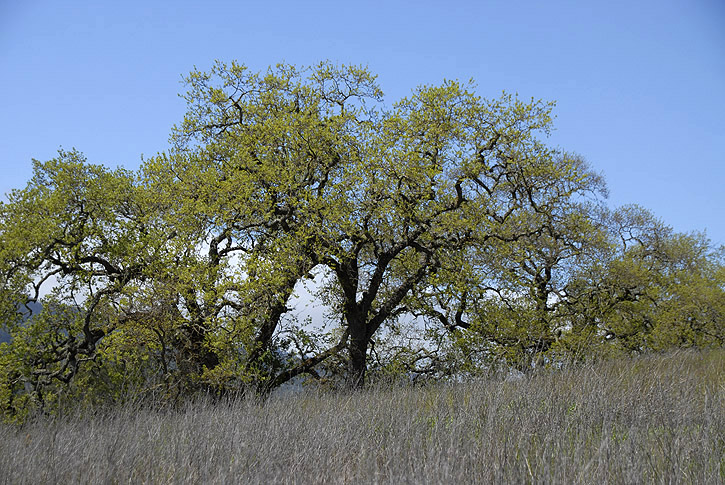
A typical grassland habitat.

The Clarkia Trail.
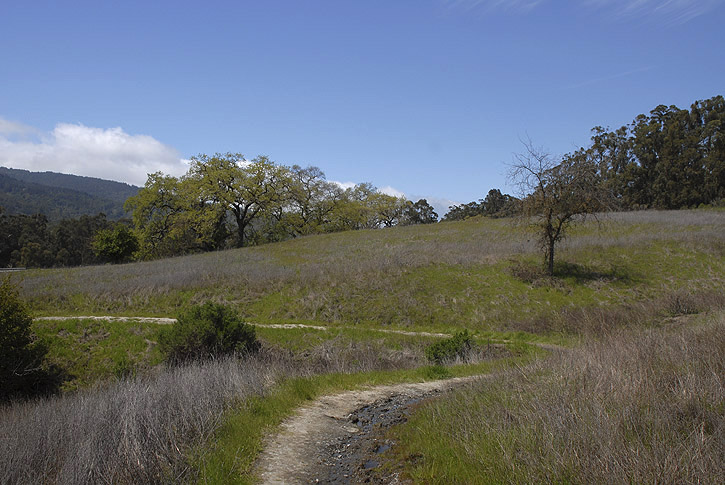
There is no escaping the power lines, even in nature preserves. (Especially since there is a substation just downhill from the southwestern boundary of the preserve.)
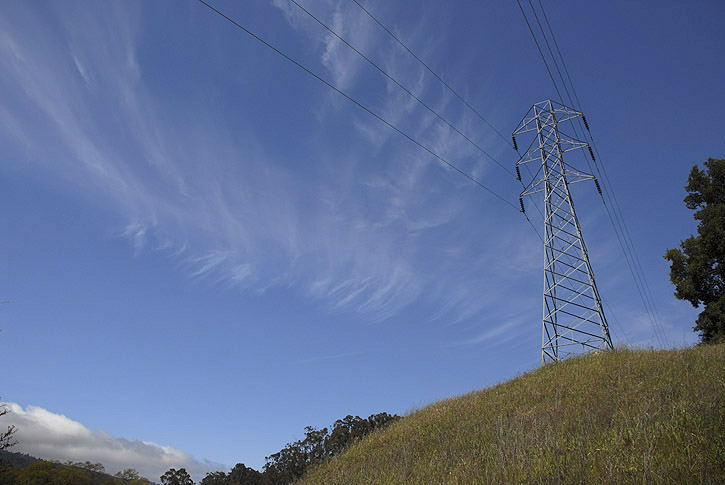
No one is really sure why it's called blue-eyed grass.
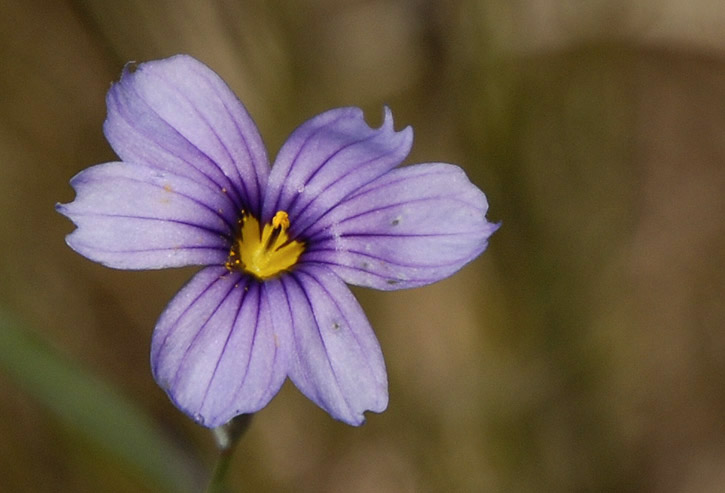
This cheerful little daisy is called tidy tips.
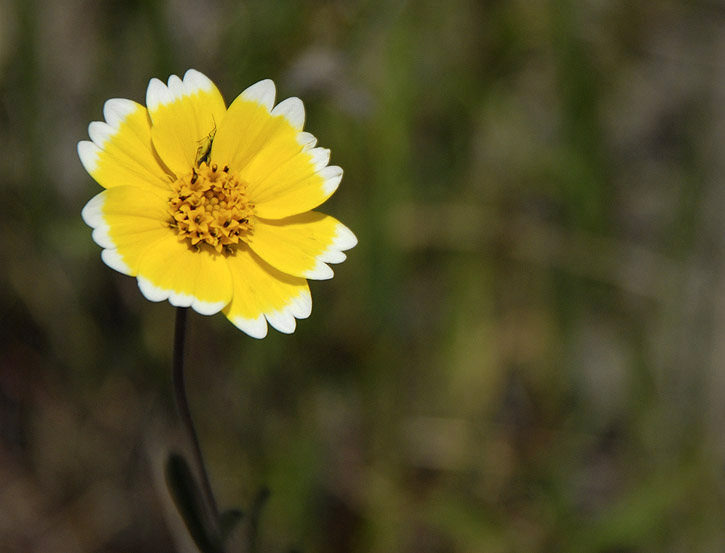
A grassy hillside, with the Santa Cruz Mountains in the background.
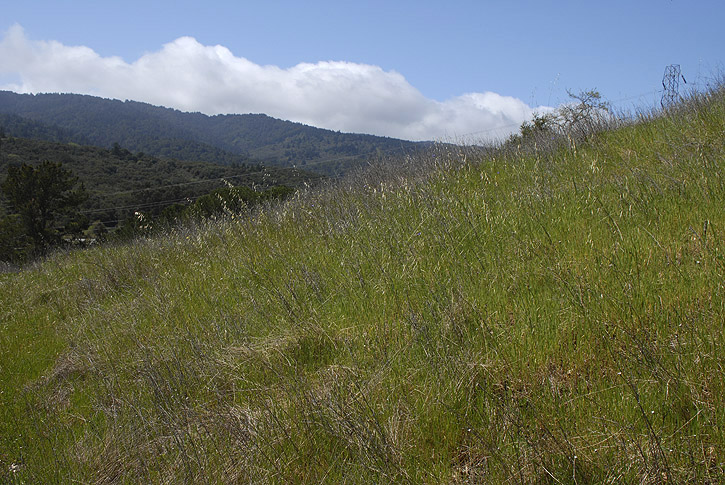
The canopy of oak overhead.
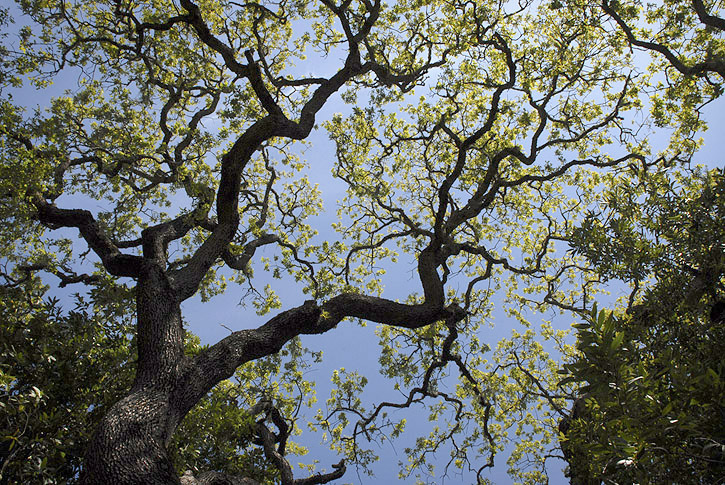
Dappled sun on a log provides just enough space for this lizard to bask.
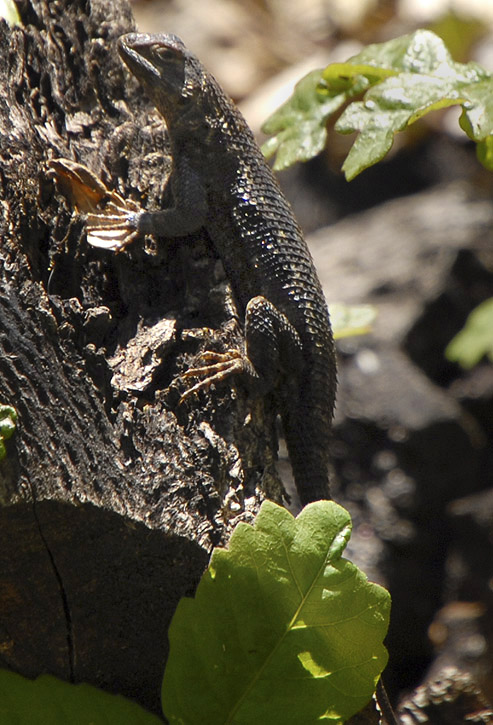
A lupine.
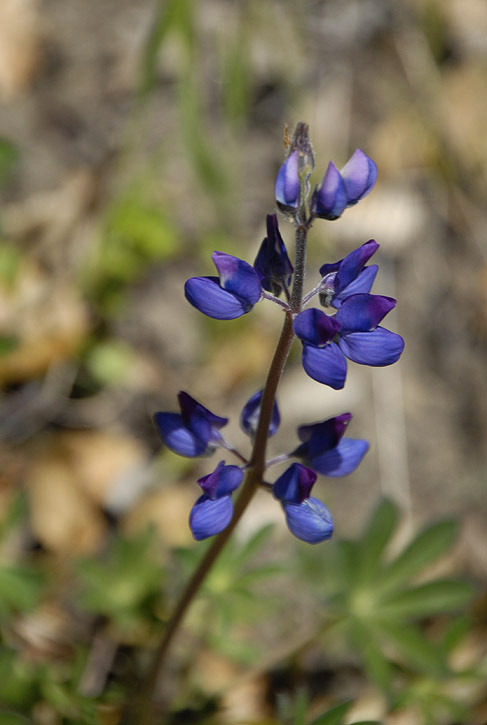
Poppies on the hillside.
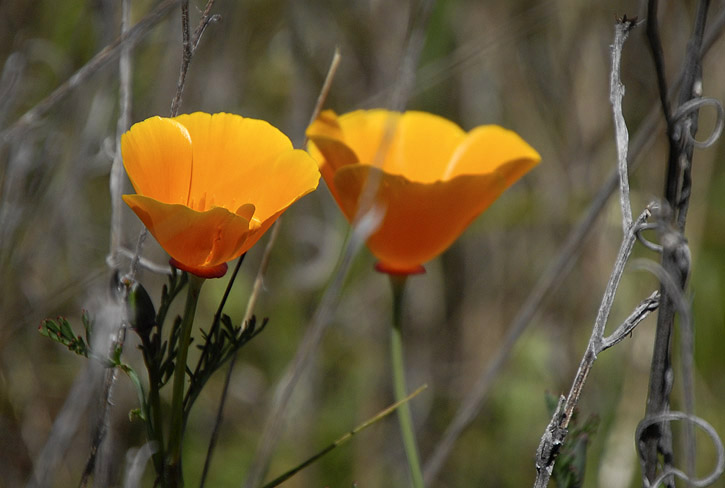
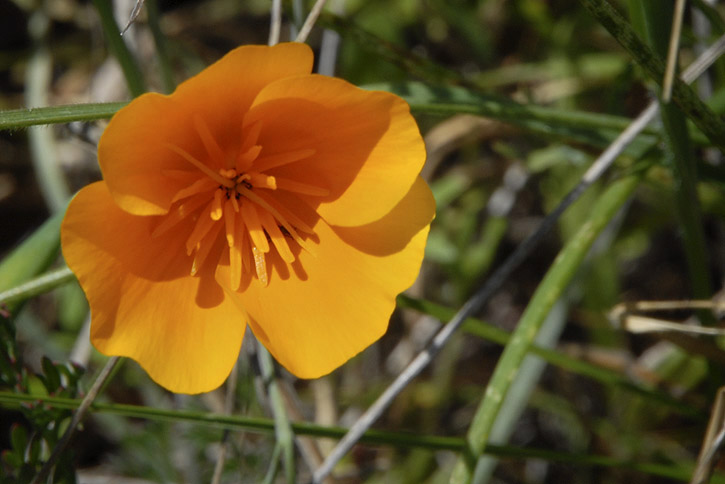
The breezy day makes flight challenging for this butterfly.
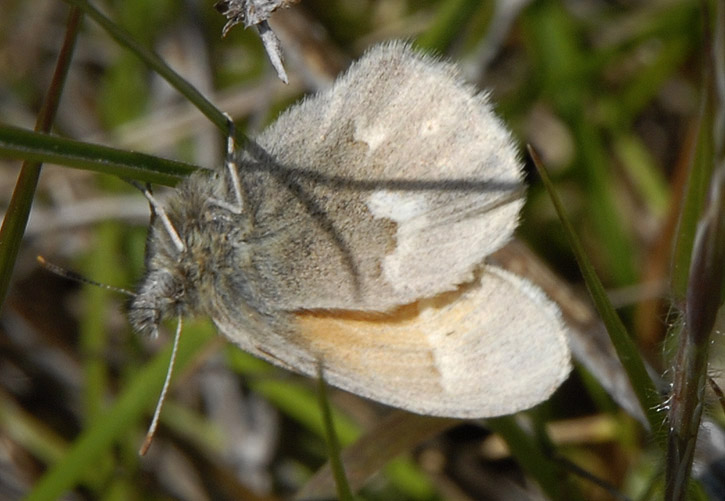
A look back down the Clarkia Trail.
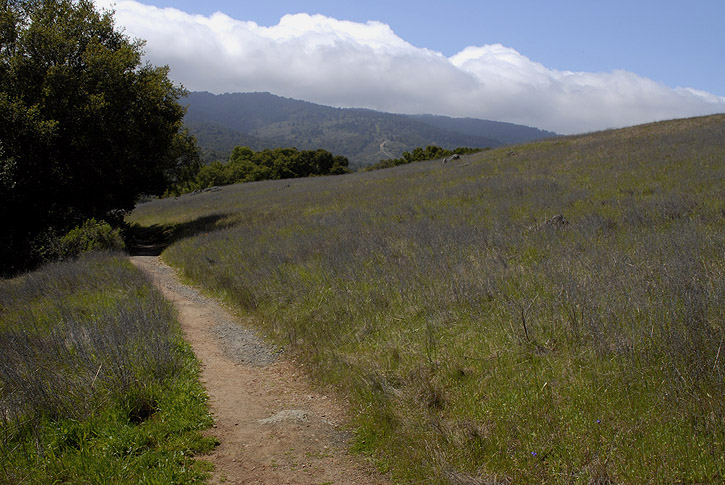
A hillside.
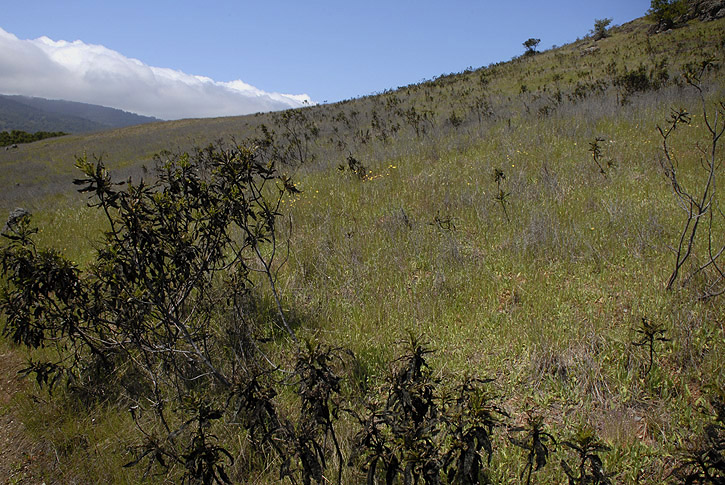
The trail takes us through a stretch of chaparral, so we begin to see other species such as this sticky monkey flower, which likes partial shade.
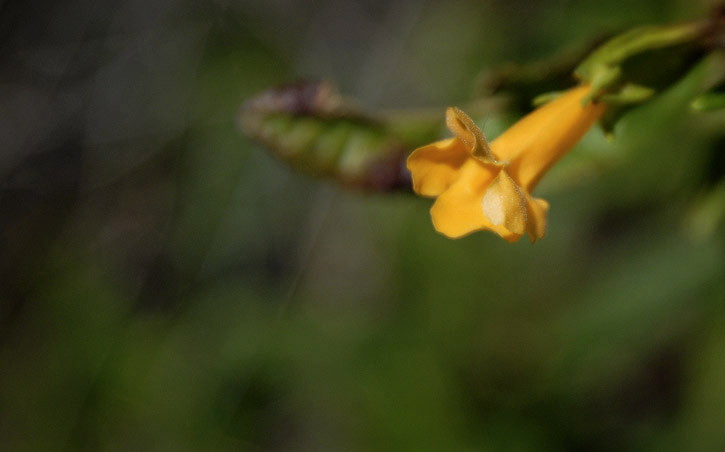
I have not been able to identify this plant. It is a strange one. It may be one of the rare species that only grows in this preserve.
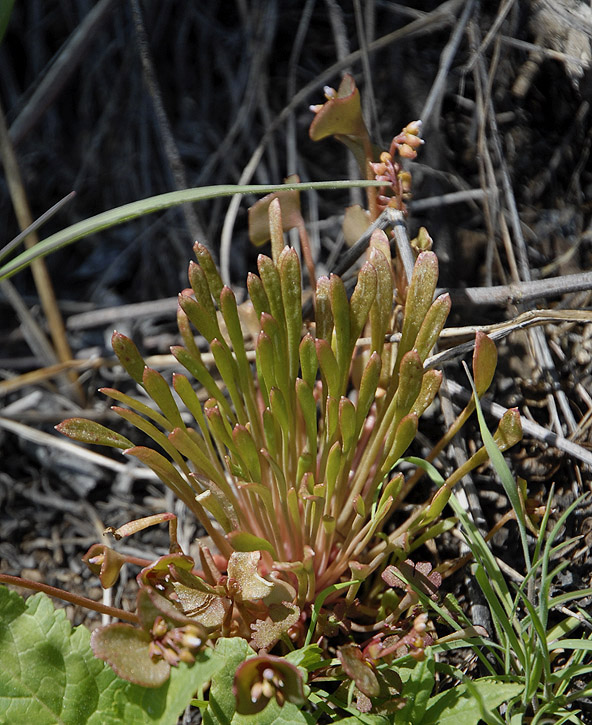
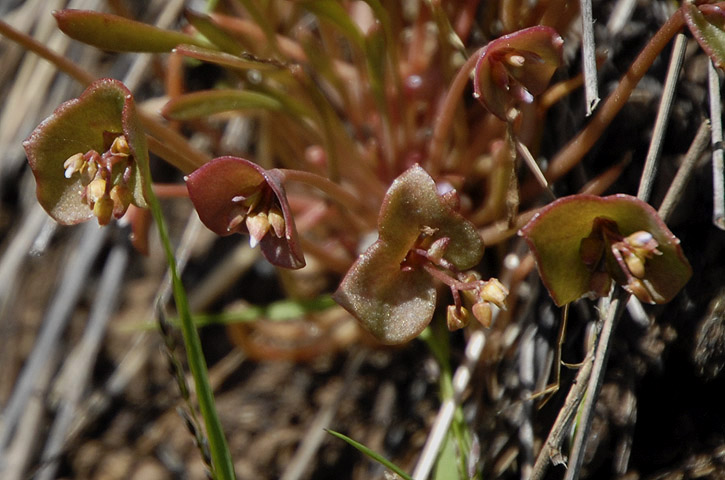
Another poppy.
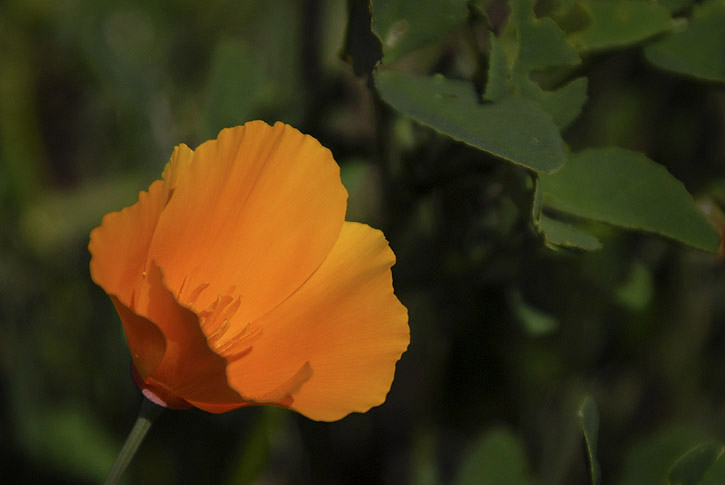
This flower is called cream cups. It is a relative of the Oriental poppy.
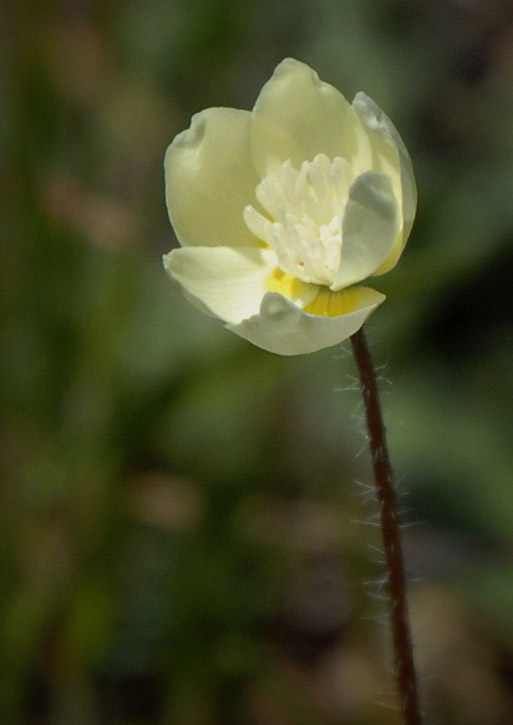
The intersection with the Serpentine Loop Trail. We are a little nervous that a natural gas pipeline runs under this part of the preserve.
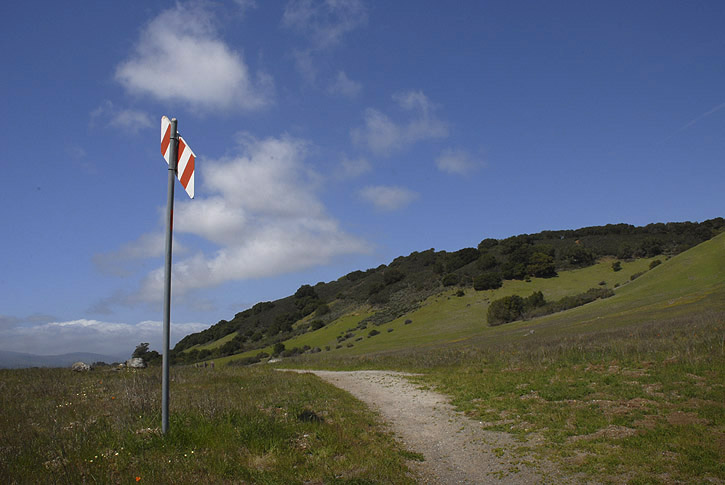
These cute little guys are beaked cryptantha.
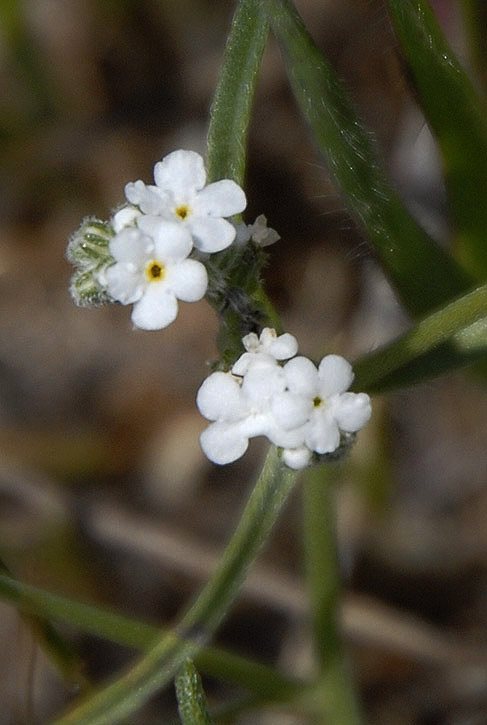
A jackrabbit as big as a fawn pauses under some chaparral before bounding off down the trail.
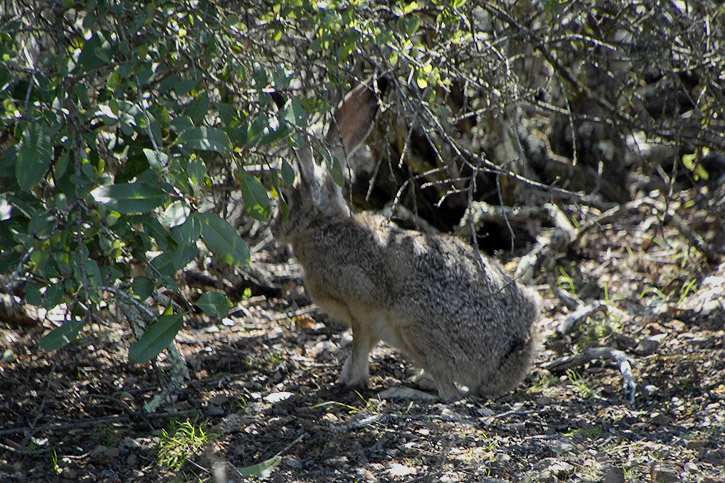
A snake skeleton beside the trail.
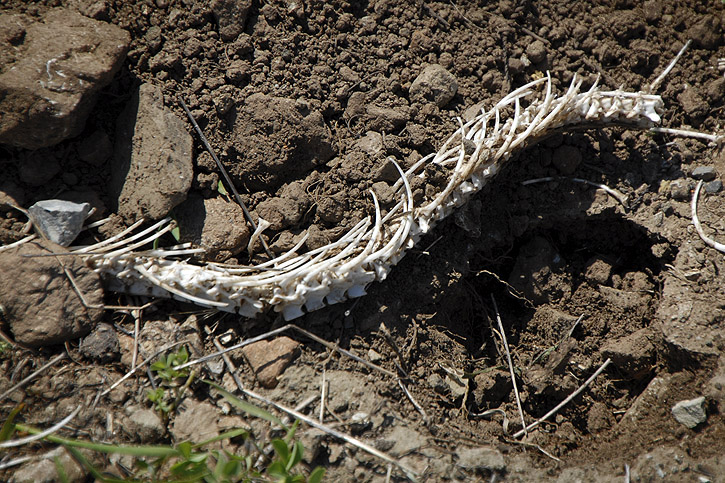
And a little farther along we find an opossum skull and jawbone.
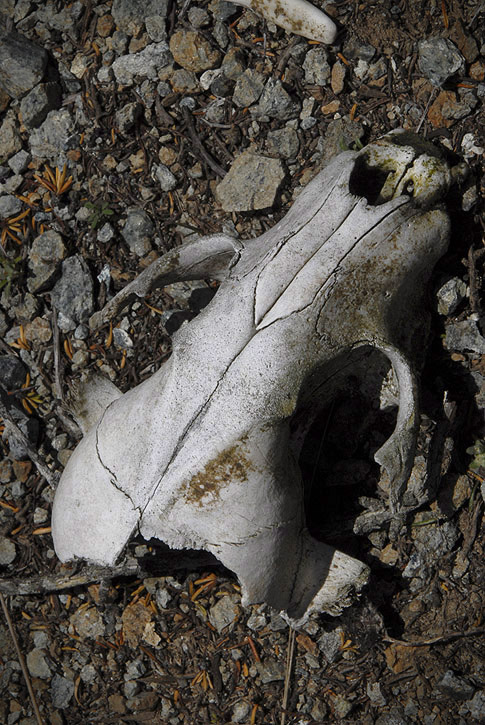
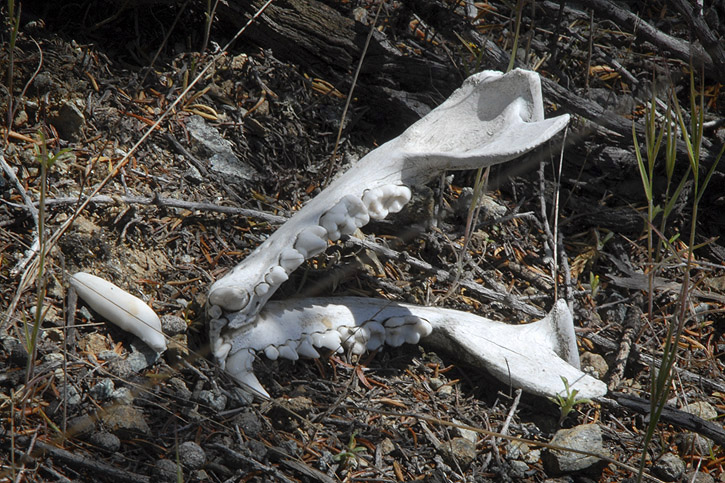
And we also find some golf balls in the brush. I wish the golf enthusiasts who live in the nearby upscale neighborhood would stop using the nature preserve as their personal driving range by teeing off from their backyards.
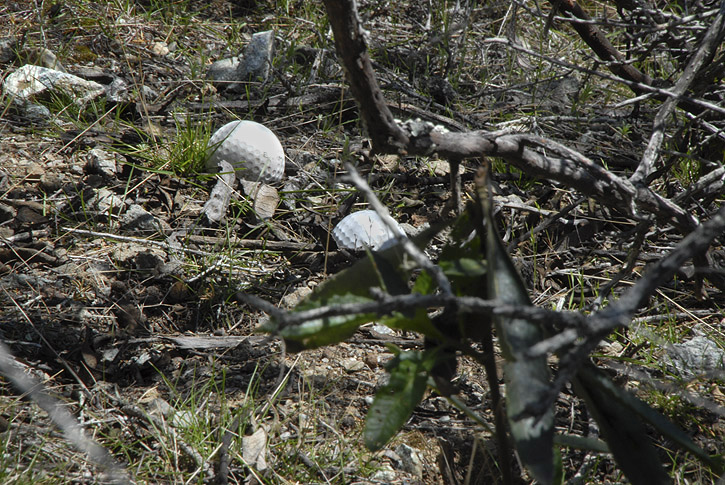
Some people obviously have more money than brains (or consideration for others, or respect for nature, or all of the above).
A scarlet pimpernel.
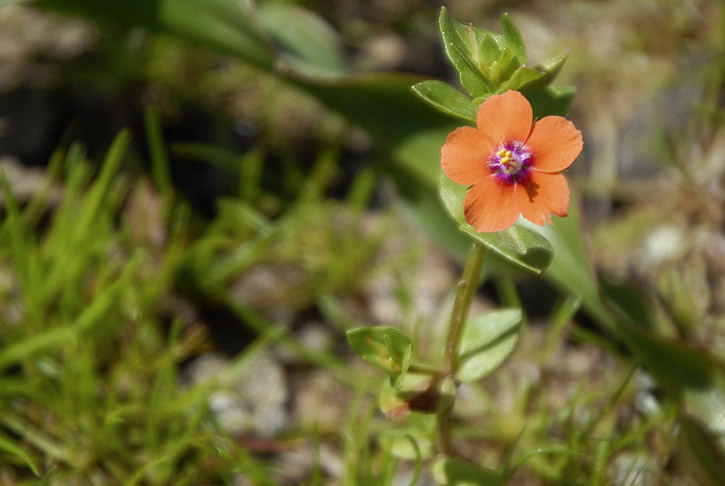
Yes, it's a real flower and not just some fictional literary dude from the French Revolution.
Wavy-leaved soaproot grows from a bulb which was used by the native Ohlone Indians to make soap. Its wavy leaves are unmistakable.
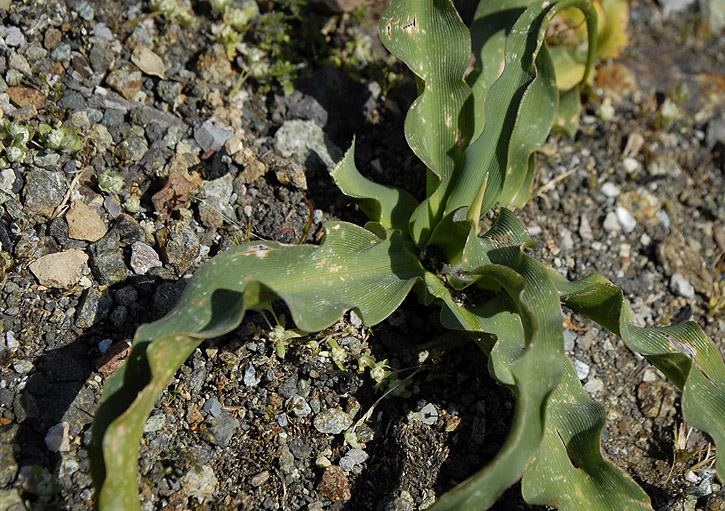
This entire field is an endangered butterfly habitat.
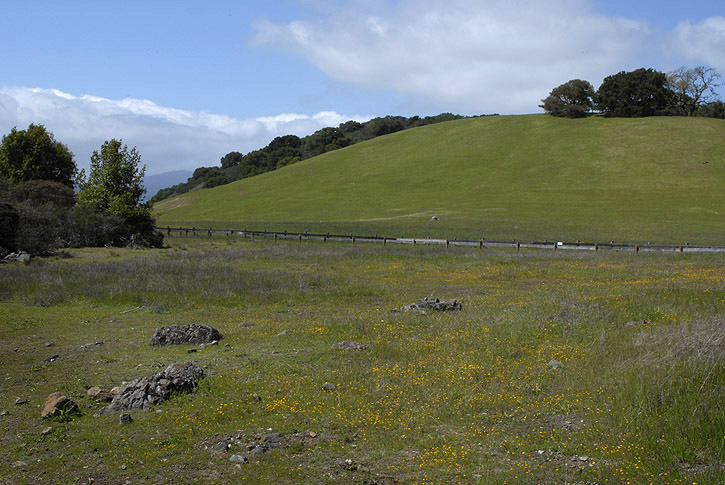
California goldfields are very tiny, and grow in large swaths of color in the meadow.
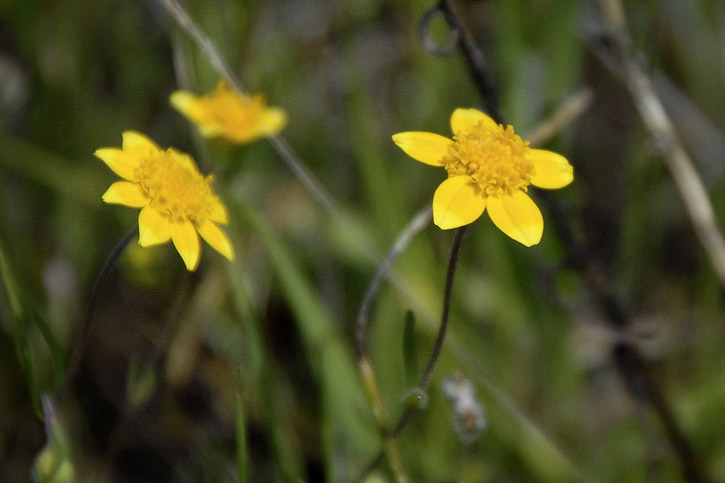
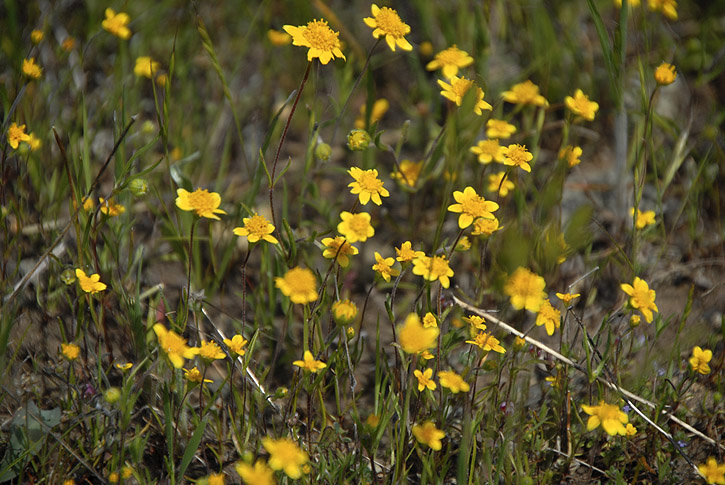
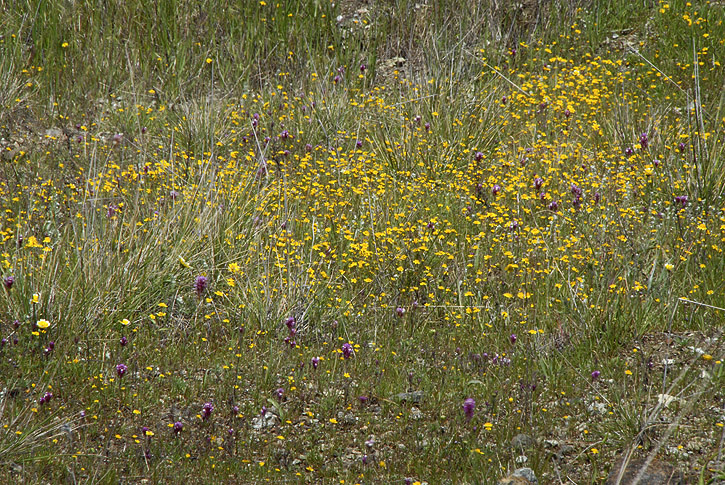
Dense-flowered owl's clover is not a clover, nor does it have much to do with owls. But it does like to grow among goldfields.
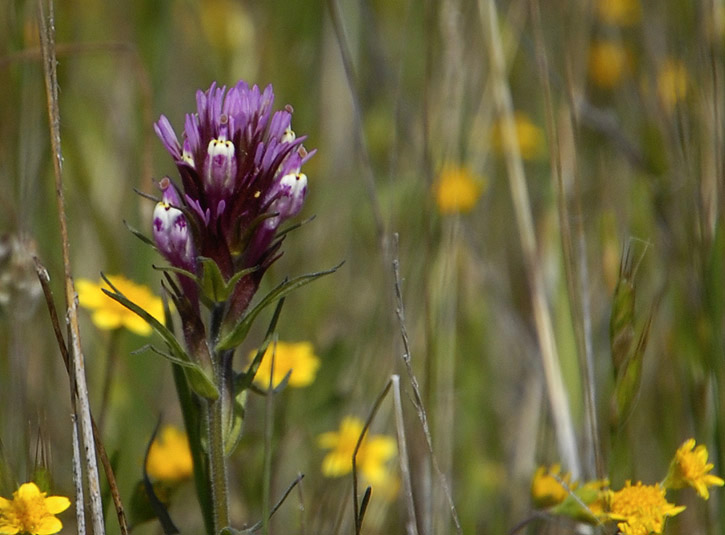
The common muilla is in the lily family.
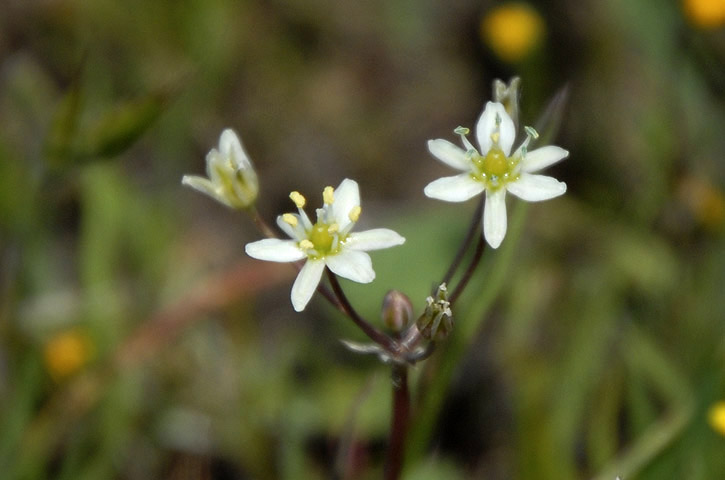
Two view of the Serpentine Loop Trail.
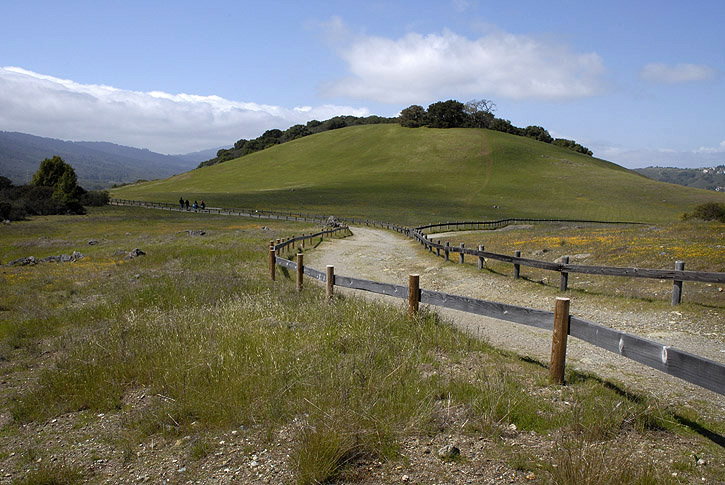
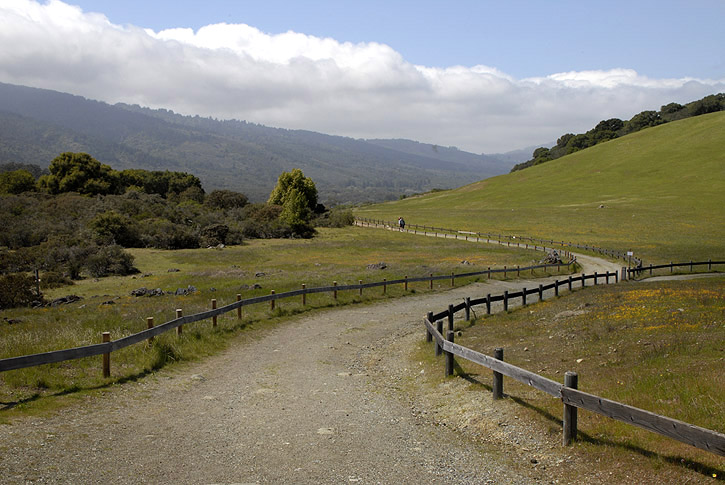
More endangered butterfly habitat. Some of the plants that grow only here are the only plants the butterfly larvae will eat.
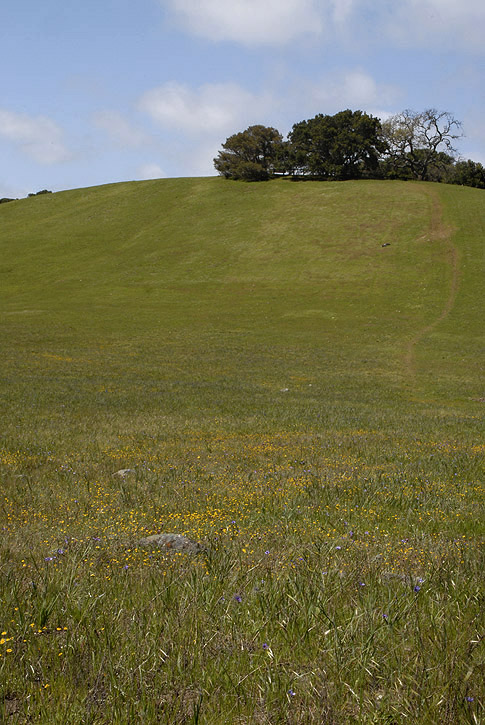
Royal larkspur is looking a little tattered now toward the end of its blooming period.
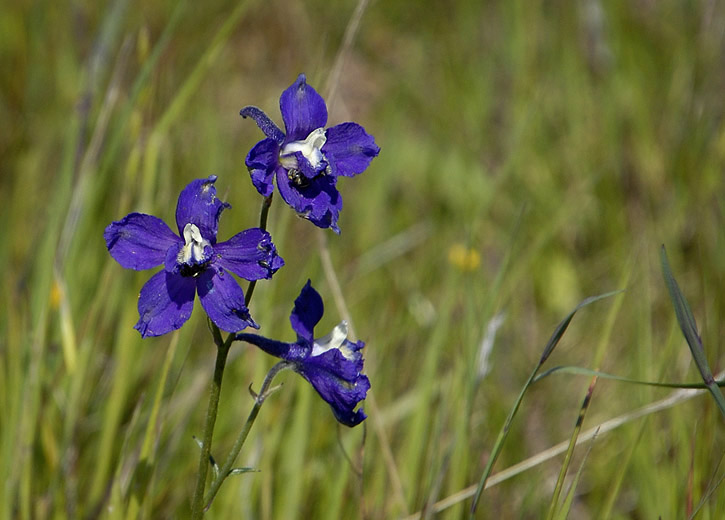
California buttercup.
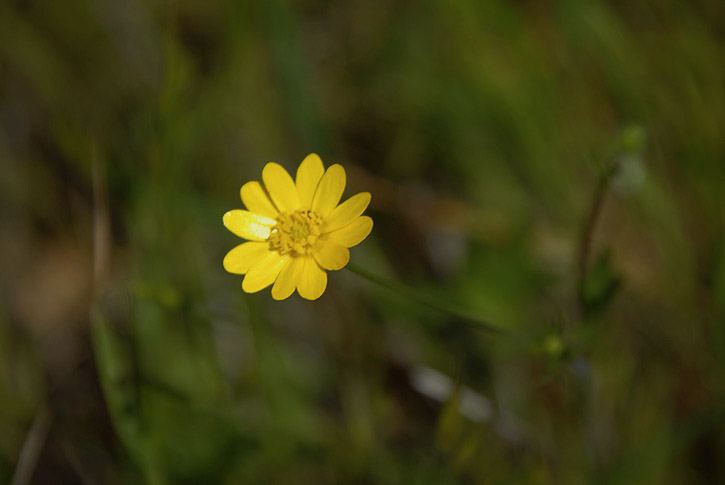
A mixed field of goldfields, larkspur, blue-eyed grass and owl's clover.
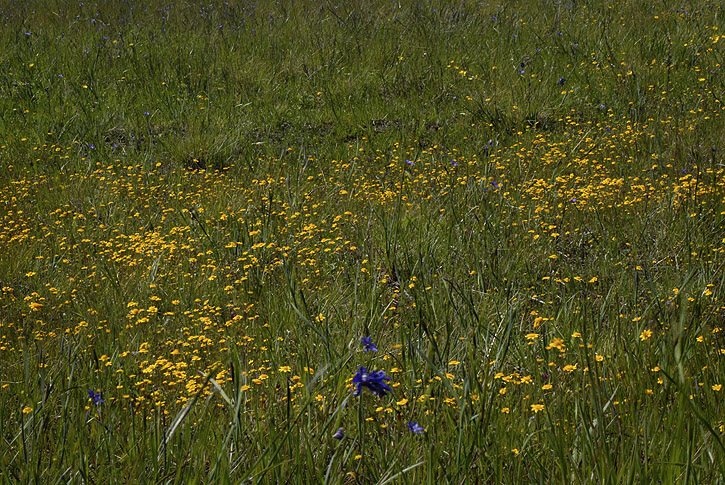
A profoundly peaceful landscape.
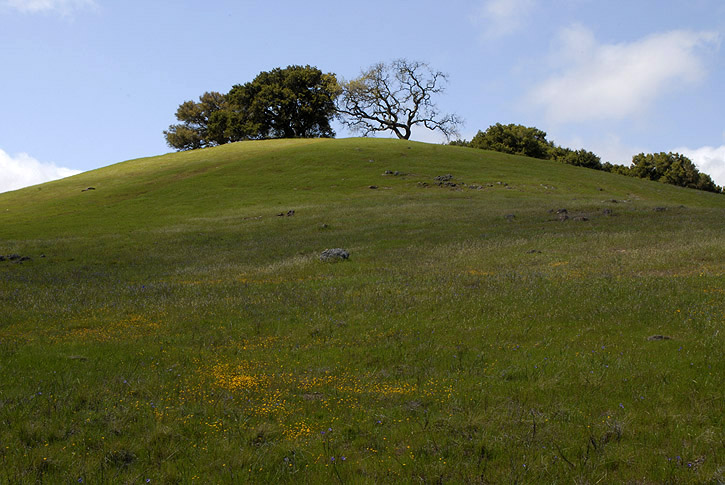
Looking east from the Live Oak Trail, we catch a glimpse toward San Francisco Bay.
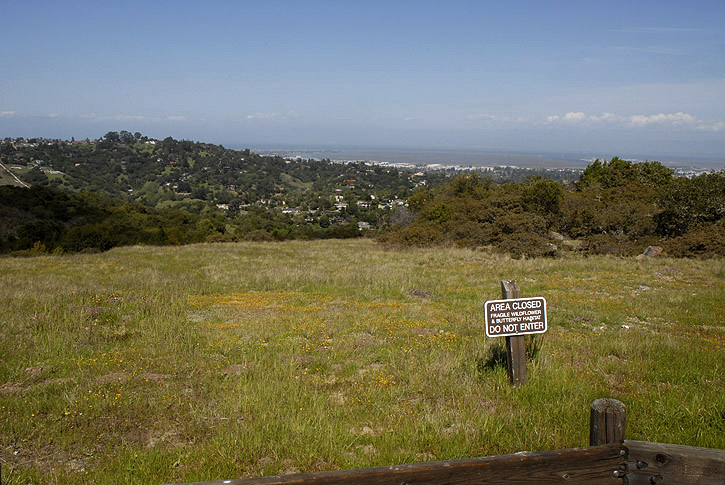
More poppies, the official California state flower.
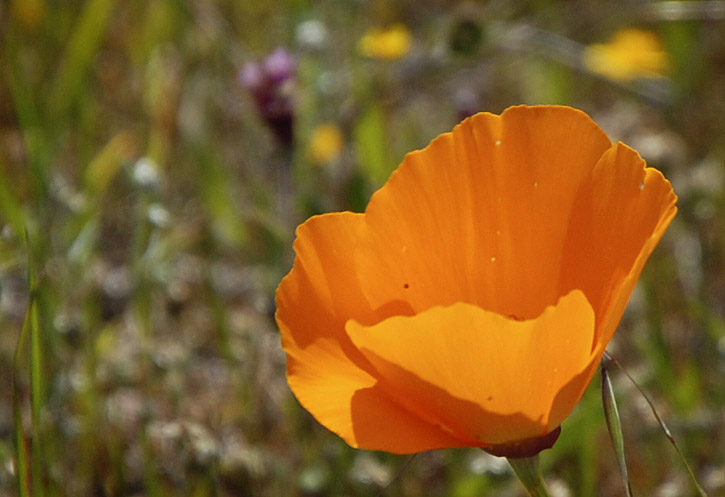
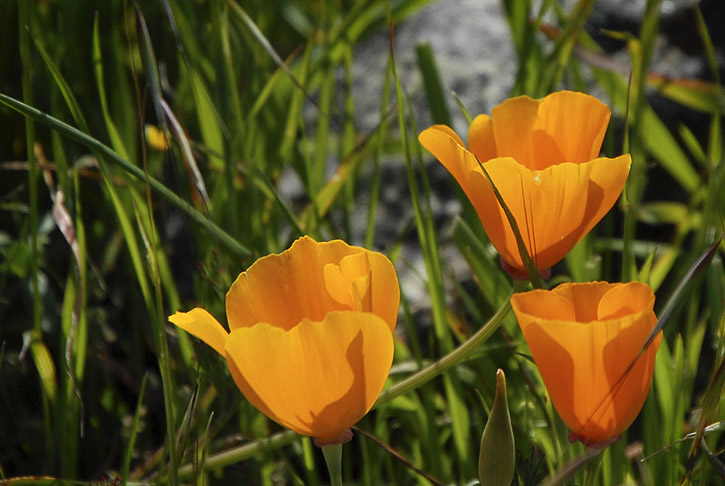
More blue-eyed grass.
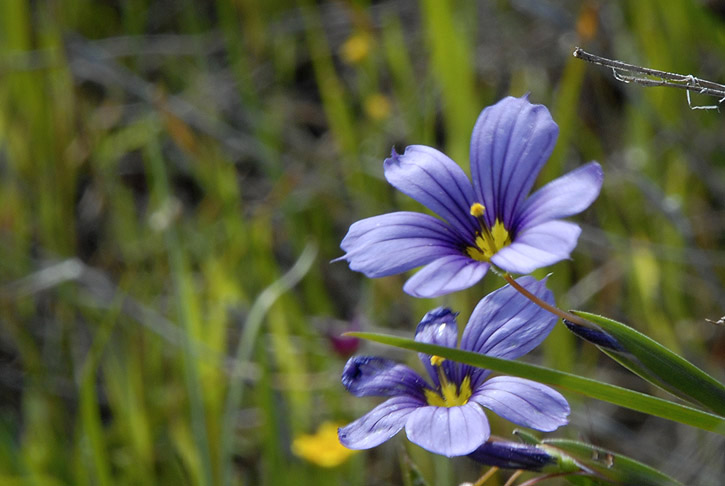
A raven eyes us from the branches of an oak about to pop out with new leaves.
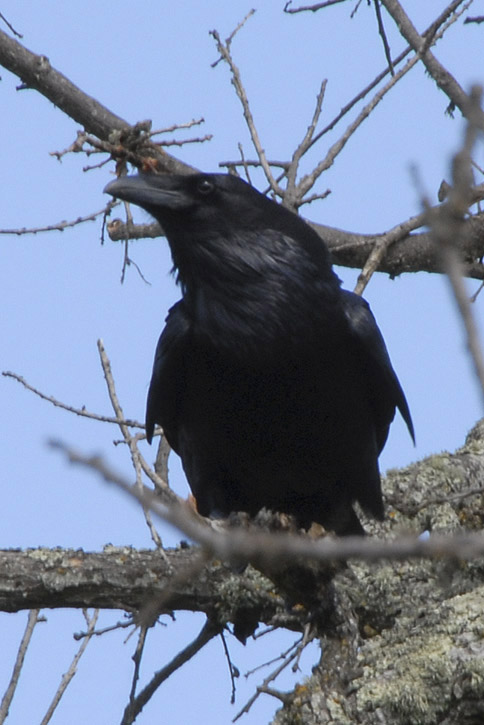
This habitat is very fragile. There are still scars in the landscape from someone off-roading through the area more than 20 years ago.
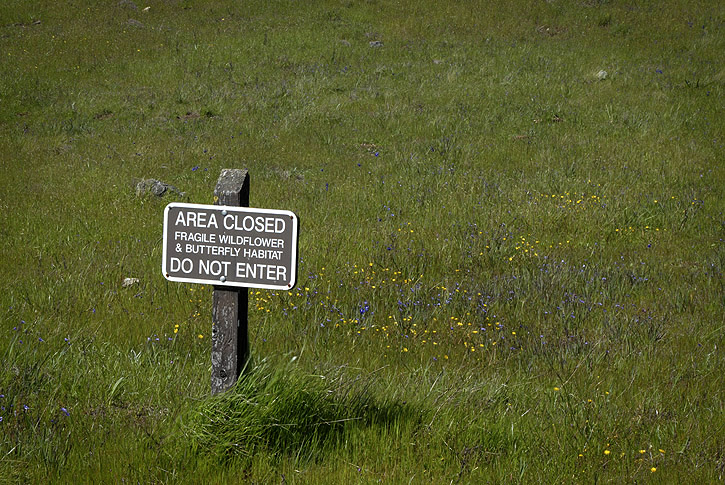
Small-flowered linanthus is a member of the phlox family.
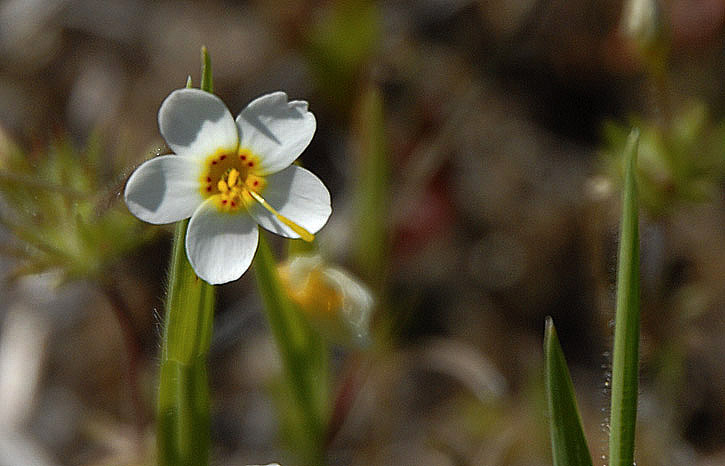
On our way back, we spot a deer stopping to get a drink from a stream at the bottom of a hill.
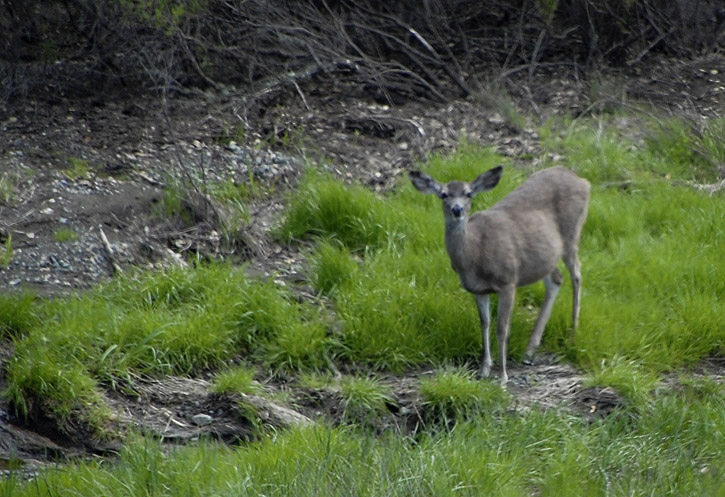
A great blue heron hunts for mice in the field on the edge of the preserve.
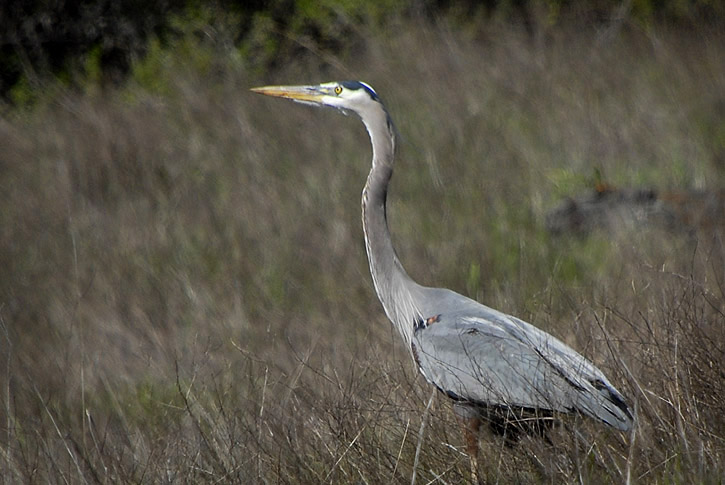
.
On Saturday D. and I went to Edgewood Preserve to see how many wildflowers were in bloom. Edgewood is special because of the unique mineral composition of its serpentine soils, creating conditions in which only certain specialized plants can thrive. As such it is home to several threatened or endangered species, including rare butterflies. Although we were a little early for the peak of any wildflower displays, I still got some good pics.
Next to the parking area we see a miniature lupine.

Signs near the beginning of the Clarkia Trail.

There are numerous bluebird nest boxes in the preserve.

This bright yellow flower is called sun cups.

Now is the prime blooming time for blue-eyed grass, which is not a true grass but is related to the iris.

Looking west from the Clarkia Trail, past Interstate 280 toward the Santa Cruz Mountains.

The huge valley oaks are starting to leaf out.

A typical grassland habitat.

The Clarkia Trail.

There is no escaping the power lines, even in nature preserves. (Especially since there is a substation just downhill from the southwestern boundary of the preserve.)

No one is really sure why it's called blue-eyed grass.

This cheerful little daisy is called tidy tips.

A grassy hillside, with the Santa Cruz Mountains in the background.

The canopy of oak overhead.

Dappled sun on a log provides just enough space for this lizard to bask.

A lupine.

Poppies on the hillside.


The breezy day makes flight challenging for this butterfly.

A look back down the Clarkia Trail.

A hillside.

The trail takes us through a stretch of chaparral, so we begin to see other species such as this sticky monkey flower, which likes partial shade.

I have not been able to identify this plant. It is a strange one. It may be one of the rare species that only grows in this preserve.


Another poppy.

This flower is called cream cups. It is a relative of the Oriental poppy.

The intersection with the Serpentine Loop Trail. We are a little nervous that a natural gas pipeline runs under this part of the preserve.


These cute little guys are beaked cryptantha.

A jackrabbit as big as a fawn pauses under some chaparral before bounding off down the trail.

A snake skeleton beside the trail.

And a little farther along we find an opossum skull and jawbone.


And we also find some golf balls in the brush. I wish the golf enthusiasts who live in the nearby upscale neighborhood would stop using the nature preserve as their personal driving range by teeing off from their backyards.


Some people obviously have more money than brains (or consideration for others, or respect for nature, or all of the above).

A scarlet pimpernel.

Yes, it's a real flower and not just some fictional literary dude from the French Revolution.

Wavy-leaved soaproot grows from a bulb which was used by the native Ohlone Indians to make soap. Its wavy leaves are unmistakable.

This entire field is an endangered butterfly habitat.

California goldfields are very tiny, and grow in large swaths of color in the meadow.



Dense-flowered owl's clover is not a clover, nor does it have much to do with owls. But it does like to grow among goldfields.

The common muilla is in the lily family.

Two view of the Serpentine Loop Trail.


More endangered butterfly habitat. Some of the plants that grow only here are the only plants the butterfly larvae will eat.

Royal larkspur is looking a little tattered now toward the end of its blooming period.

California buttercup.

A mixed field of goldfields, larkspur, blue-eyed grass and owl's clover.

A profoundly peaceful landscape.

Looking east from the Live Oak Trail, we catch a glimpse toward San Francisco Bay.

More poppies, the official California state flower.


More blue-eyed grass.

A raven eyes us from the branches of an oak about to pop out with new leaves.

This habitat is very fragile. There are still scars in the landscape from someone off-roading through the area more than 20 years ago.

Small-flowered linanthus is a member of the phlox family.

On our way back, we spot a deer stopping to get a drink from a stream at the bottom of a hill.

A great blue heron hunts for mice in the field on the edge of the preserve.

.